1. The Great Pyramid of Giza, Egypt

We’ve all seen pictures of the Great Pyramid, but standing before it is a whole different experience. Built over 4,500 years ago, it was the tallest man-made structure in the world for more than 3,800 years. What’s mind-blowing is how precisely aligned it is with the cardinal points and how each massive limestone block was transported and set without modern tools. Today’s engineers still scratch their heads over how the ancient Egyptians achieved such mathematical accuracy with what they had shares Smithsonian Magazine.
And it’s not just about hauling stones. The internal chambers and passageways are a mystery on their own, with theories ranging from spiritual significance to astronomical alignments. Even the mortar used remains a puzzle, as scientists can’t quite replicate it. For something so old, it still leaves experts asking new questions every year. It’s no wonder the pyramid has become a symbol of ancient ingenuity adds IFLScience.
2. Stonehenge, England
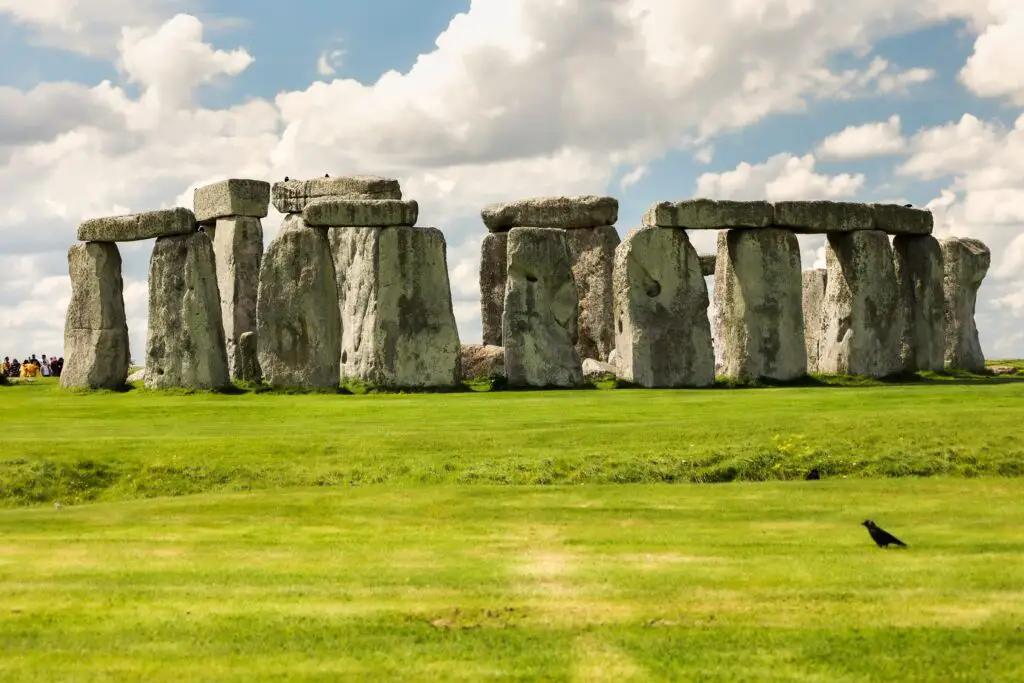
There’s something haunting about standing in a field in Wiltshire and seeing those towering stones arranged in a circle. Stonehenge was constructed around 3000 BC, and nobody knows for sure how the stones were moved, especially since some came from quarries over 150 miles away. Considering the average stone weighs around 25 tons, it’s no easy feat, even with today’s machinery. Yet somehow, Neolithic people made it happen shares Live Science.
What’s more curious is the purpose of the site. Was it a burial ground, an astronomical observatory, or something entirely spiritual? The alignment with the solstices suggests they knew a thing or two about the sky. But without written records, we’re left guessing. Engineers can replicate the structure today, but they can’t explain how or why it was done then adds Discover Magazine.
3. The Coral Castle, Florida

This one’s not ancient in the traditional sense, but it might be one of the most bizarre mysteries on U.S. soil. Built in the early 1900s by Edward Leedskalnin, a Latvian immigrant, Coral Castle is made entirely of massive limestone blocks, some weighing up to 30 tons. He built it all by himself, mostly at night, without heavy machinery. When asked how, he’d just say he knew “the secrets of the pyramids.”
Engineers today can’t explain how one man could move and place such enormous stones so precisely. The precision of the stonework and the fact that it’s still standing is impressive enough. But the lack of documentation about the construction leaves room for wild theories. Some even believe he tapped into magnetism or ancient knowledge long forgotten.
4. Baalbek Trilithon, Lebanon
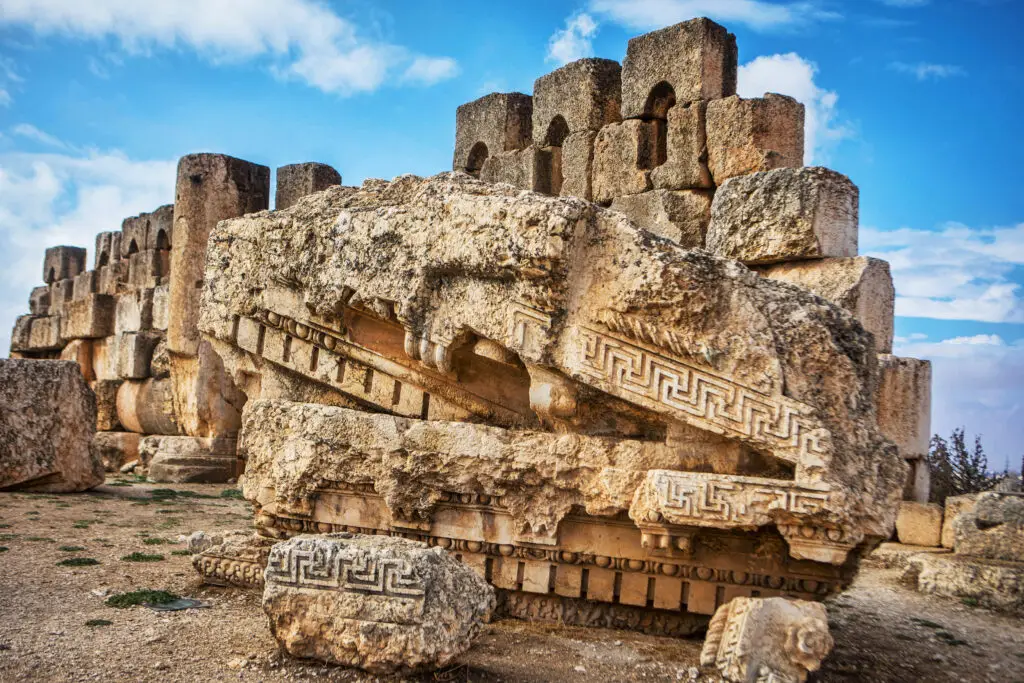
The ruins of Baalbek in Lebanon are awe-inspiring, but the real stars are the three massive stone blocks known as the Trilithon. Each one weighs around 800 tons, and they’re stacked so perfectly that even a sheet of paper can’t fit between them. This kind of precision, combined with their sheer size, has left modern engineers stumped. The big question is: how were these stones moved and placed with such accuracy?
Theories range from ancient cranes to alien involvement, but none are backed by solid evidence. The Romans built on top of the earlier foundation, so we know the site was revered for centuries. But even with all our tech today, replicating this feat would be extremely difficult. Whatever technique was used, it seems to be lost to time.
5. Sacsayhuamán, Peru
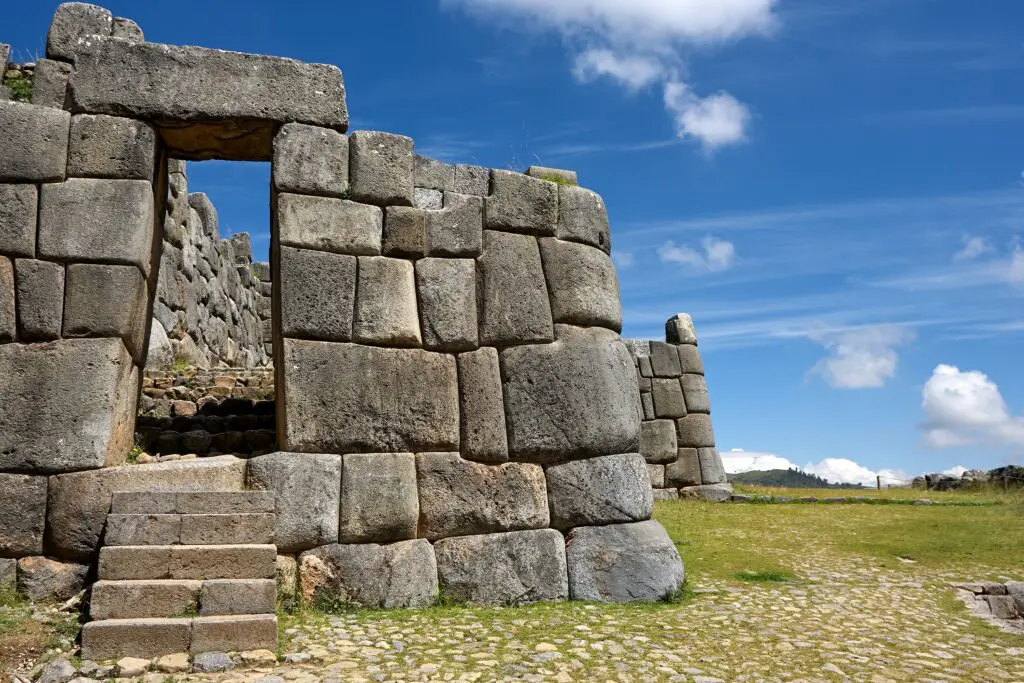
Perched high above the city of Cusco, this fortress is made of enormous interlocking stones. The craftsmanship is so precise that not even a blade of grass can fit between the stones, and they were placed without mortar. Some of the rocks weigh over 100 tons, and the site was built long before modern equipment existed. It’s not just impressive, it’s genuinely puzzling.
What makes it even stranger is the jagged, puzzle-like way the stones are cut to fit. It’s as if they were melted and molded into place, though of course, that’s not possible with our current understanding. The fact that it’s still standing in an earthquake-prone area adds another layer of mystery. How did the Inca achieve this kind of seismic engineering without blueprints?
6. The Kailasa Temple, India
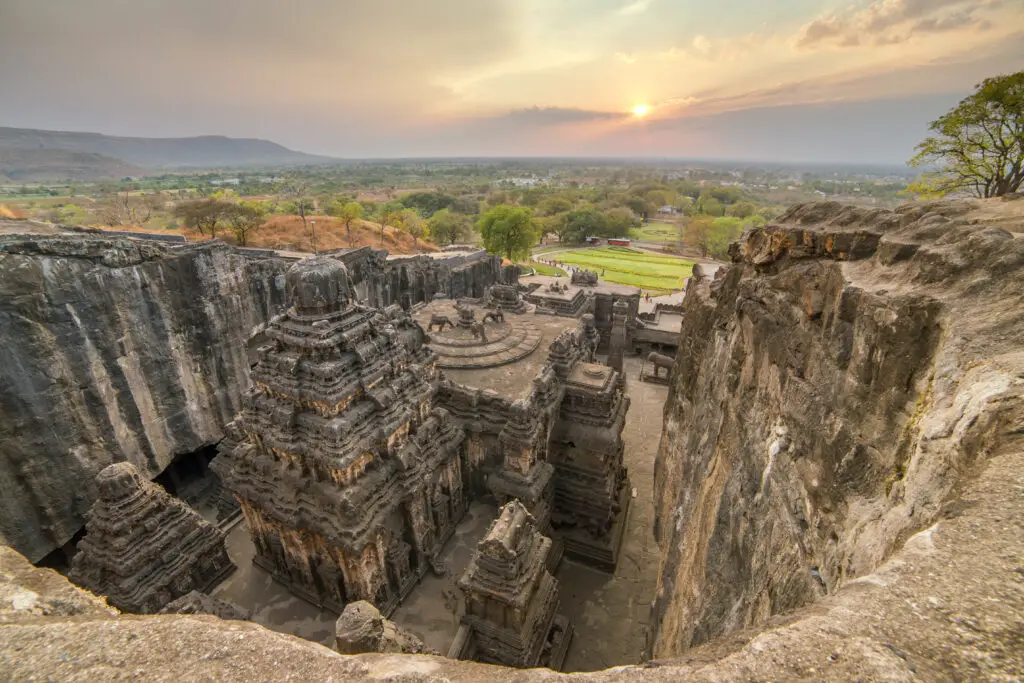
Carved straight into a mountain in Ellora, India, the Kailasa Temple wasn’t built block by block—it was sculpted from the top down out of a single rock. Imagine removing over 200,000 tons of stone with nothing but hammers and chisels, and you start to get the picture. The result is a detailed, multi-level temple complete with columns, statues, and elaborate decorations. Engineers today struggle to imagine doing the same without modern machinery.
The precision and scale make it one of the most mind-boggling architectural achievements of the ancient world. No written records describe how it was done, and the layout shows an advanced understanding of spatial planning. It’s more than a religious site—it’s a technical wonder. Even with today’s tools, we’d need decades to attempt something similar.
7. Nan Madol, Micronesia

Built atop a coral reef, Nan Madol consists of nearly 100 artificial islets connected by canals. The structures are made of basalt columns, some weighing up to 50 tons. What confuses modern engineers is how these materials were transported across the water and stacked without mortar. There are no nearby quarries, so the stone had to come from elsewhere on the island.
The logistics alone are baffling. The entire city appears to float, and it’s sometimes referred to as the “Venice of the Pacific.” Without cranes or wheels, how was this floating city built in such an inhospitable location? No one knows for sure. It’s a haunting reminder of how much ancient knowledge has been lost.
8. The Moai Statues of Easter Island

We’ve all seen the towering stone heads, but there’s a lot more to the Moai than meets the eye. For starters, many of them have full bodies buried beneath the surface. These statues can weigh up to 75 tons and were carved from volcanic tuff, then somehow transported miles across rugged terrain. The Rapa Nui people did all this without the wheel or beasts of burden.
One theory is that they “walked” the statues using ropes and a careful rocking motion, but even that idea leaves a lot of unanswered questions. How were they balanced? How did they keep them from tipping over? Even today, teams of researchers struggle to replicate the process. It’s an engineering feat cloaked in mystery and awe.
9. Gobekli Tepe, Turkey
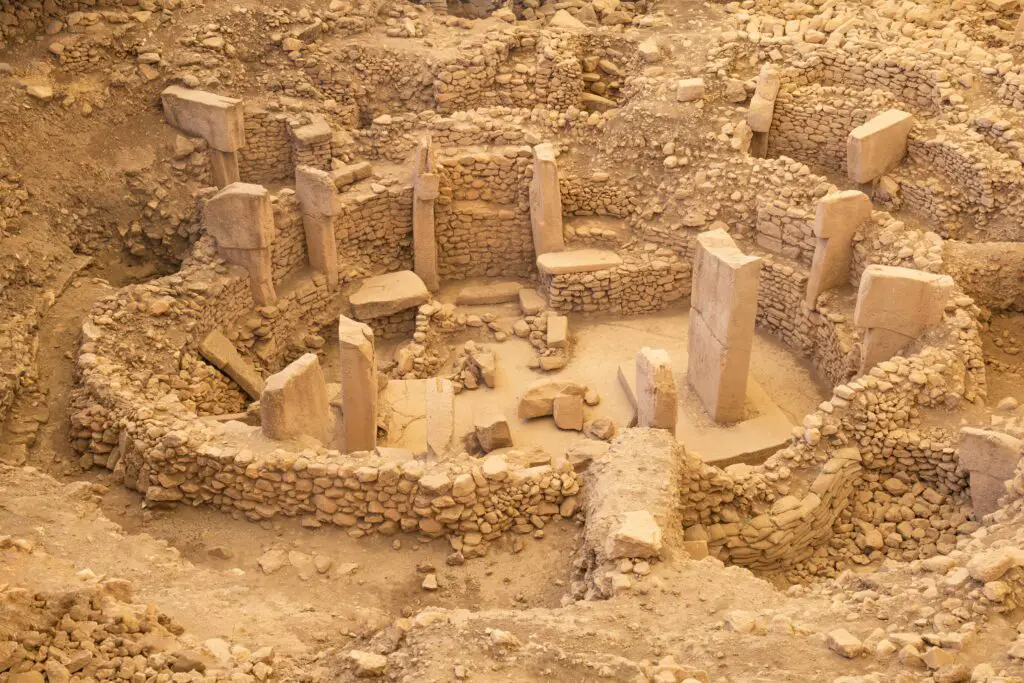
Before Gobekli Tepe was discovered, historians believed agriculture came before large-scale temples. But this site flipped that idea on its head. Built over 11,000 years ago, it features massive stone pillars arranged in circles, many of which are intricately carved. Some stones weigh up to 20 tons, and no one really knows how such early humans moved or erected them.
What’s even stranger is that the entire site was deliberately buried for reasons unknown. It challenges our understanding of when and how civilization started to take shape. How did hunter-gatherers with no pottery or metal tools achieve something so sophisticated? Engineers and archaeologists alike are still trying to figure it out.
10. The Osirion, Egypt
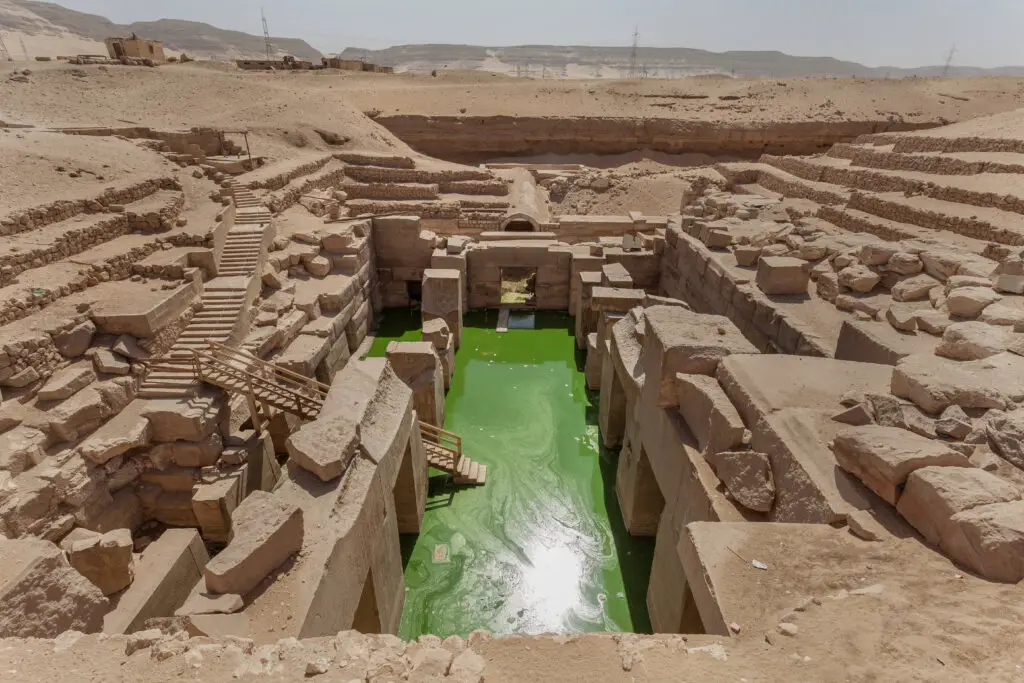
Located behind the Temple of Seti I at Abydos, the Osirion looks noticeably out of place. Its massive granite blocks are cut with astonishing precision and are significantly older than the surrounding structures. Some believe it was built before the dynastic Egyptians even arrived on the scene. The way the stones are stacked and shaped suggests techniques we don’t associate with that time period.
It’s also partially underground and features a strange, water-filled layout that some think had ceremonial or technological significance. The granite used was transported from Aswan, hundreds of miles away. Without cranes or trucks, how was that possible? No one has a satisfying answer.
11. Puma Punku, Bolivia

Located near the better-known Tiwanaku site, Puma Punku is one of the most perplexing ruins in South America. The stone blocks here are not just large—they’re carved with such precision that they resemble machine-made parts. The angles, holes, and straight edges boggle the minds of modern engineers. Some of the stones are made from diorite, which is extremely hard and difficult to carve even with steel tools.
The pieces fit together like puzzle parts, suggesting a highly advanced understanding of geometry and design. But the people who built it didn’t leave behind blueprints or explanations. It’s like discovering pieces of an ancient Lego set without the instructions—or the box. How did they do it? That’s the million-dollar question.
12. The Hypogeum of Ħal-Saflieni, Malta
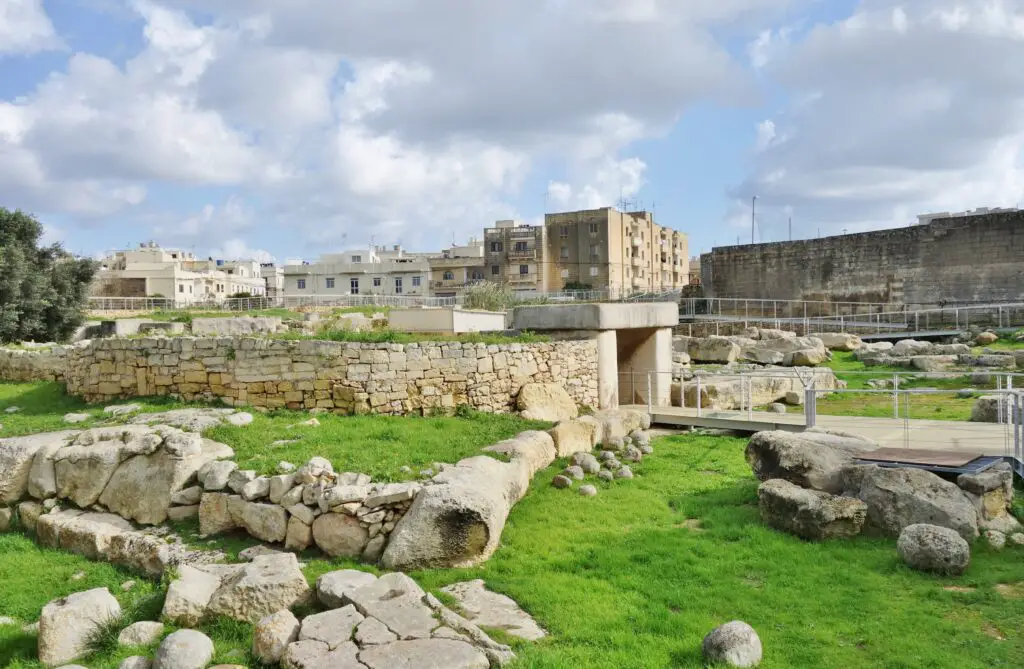
This underground temple complex dates back to around 4000 BC and is carved entirely out of limestone. It goes three stories deep, and its acoustic properties are so unique that even modern sound engineers are fascinated. A chamber called the “Oracle Room” can amplify sound in an almost supernatural way. No one knows if this was intentional or a happy accident.
But the construction itself is just as impressive. Without metal tools, how did they create such a complex space underground? The layout is carefully planned, with ventilation and light shafts in places you wouldn’t expect. It’s like an ancient sound studio built with a spiritual twist.
13. The Longyou Caves, China
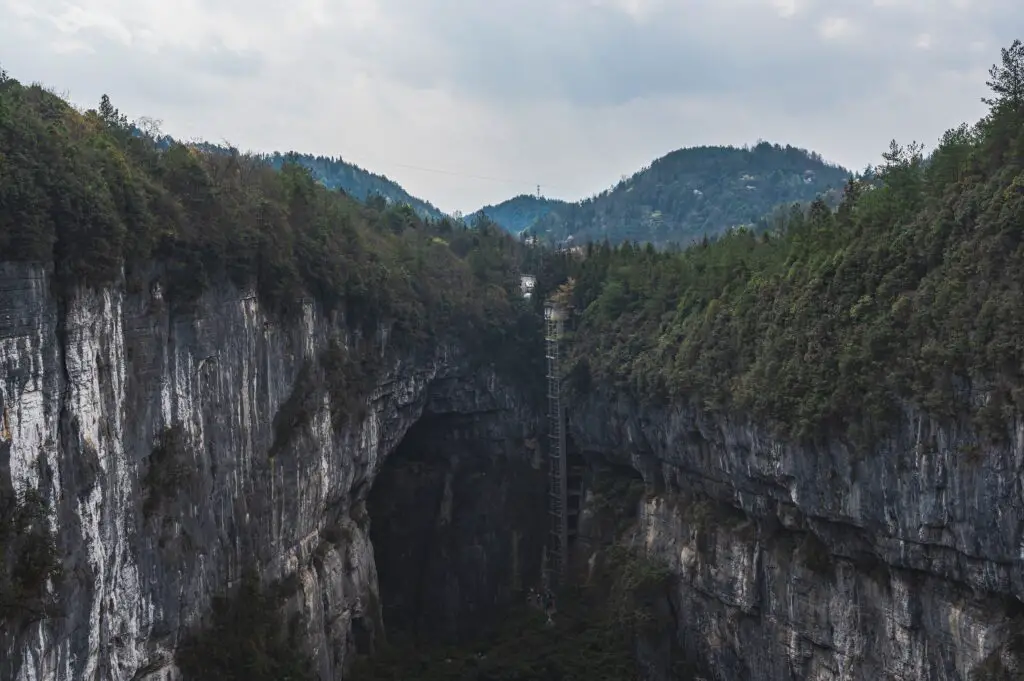
Discovered in 1992, the Longyou Caves were carved into solid sandstone, but here’s the kicker—there are no historical records of their creation. The walls and ceilings are decorated with uniform chisel marks, covering over 30,000 square meters. Experts estimate it would’ve taken thousands of workers years to complete just one of the caves. Yet there’s no mention of it in any ancient texts.
The scale is jaw-dropping, and the design is surprisingly modern. Supporting pillars, drainage systems, and consistent angles make it feel almost futuristic. Why were they built? How did ancient workers maintain such consistency across different caves? These questions still don’t have clear answers.
